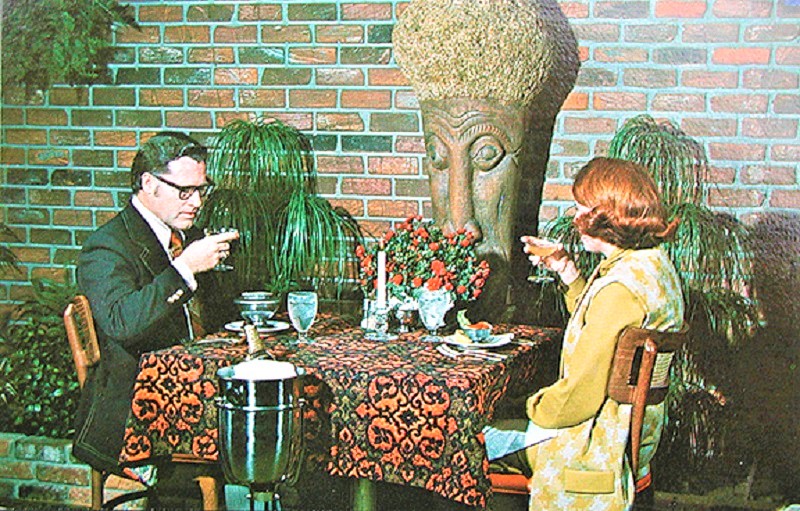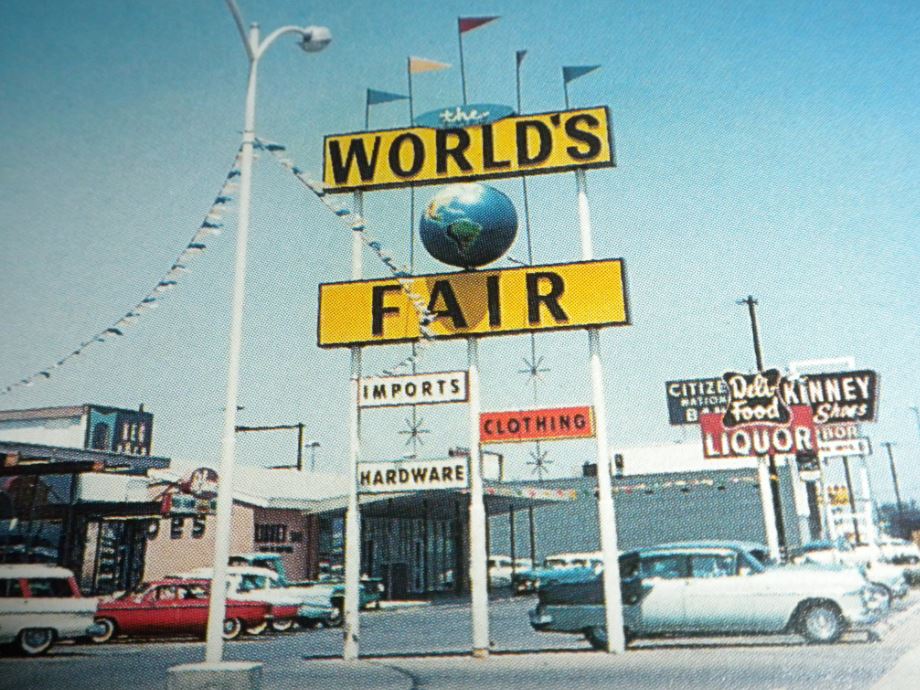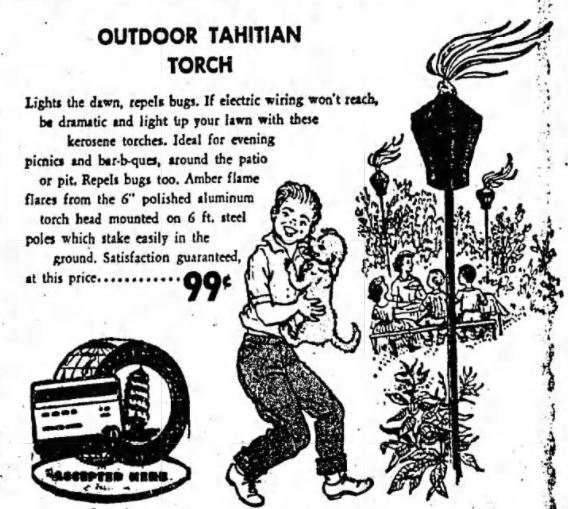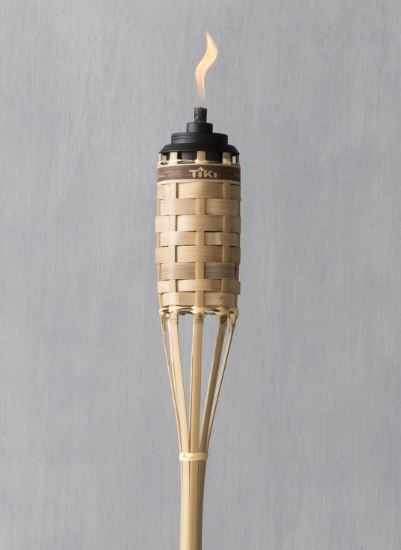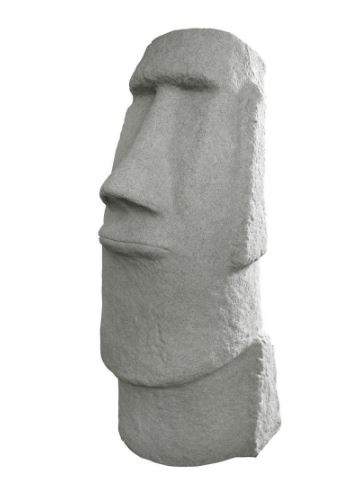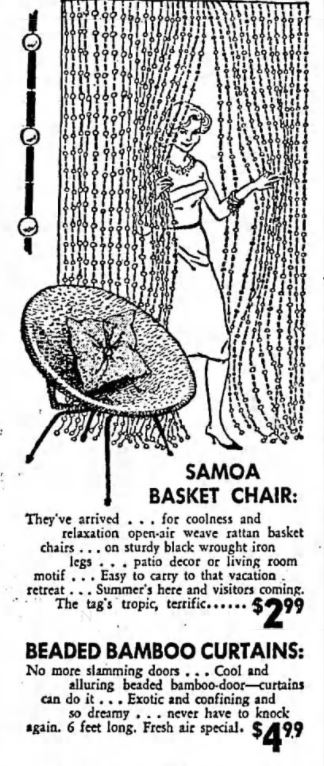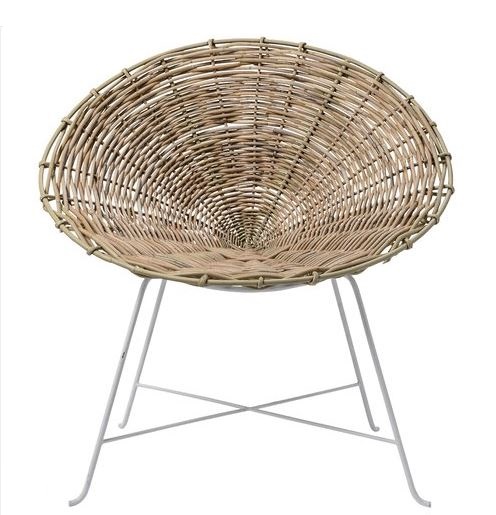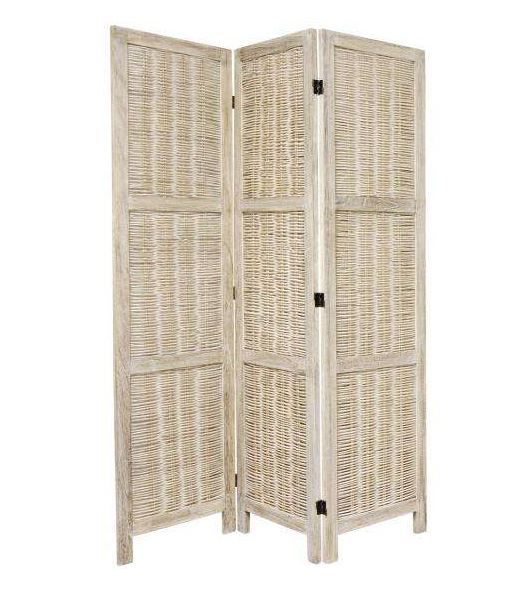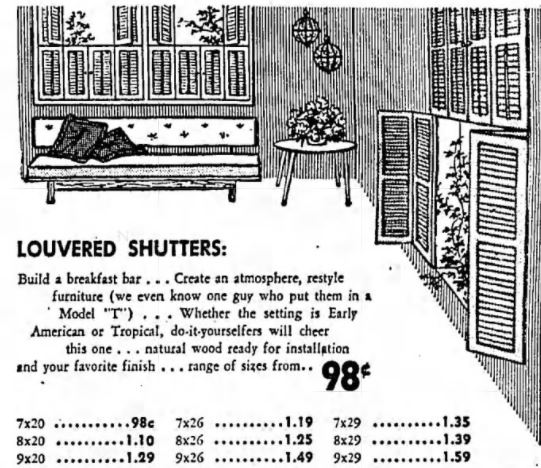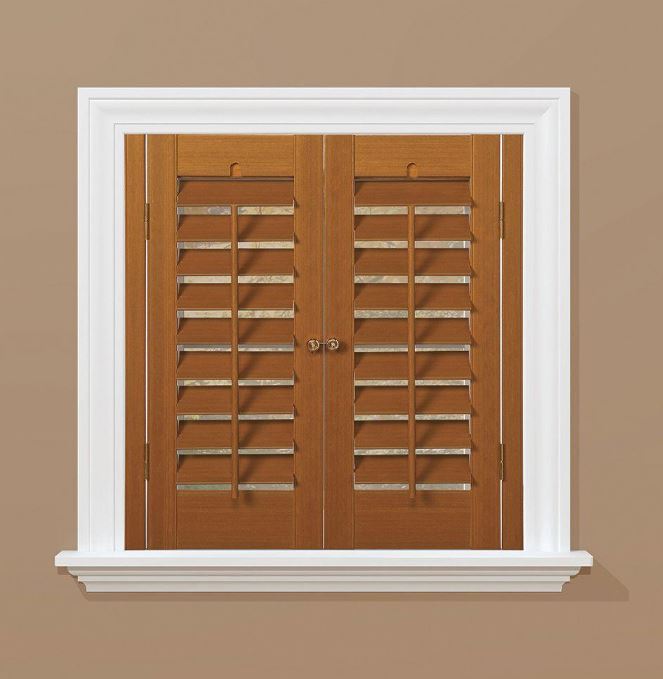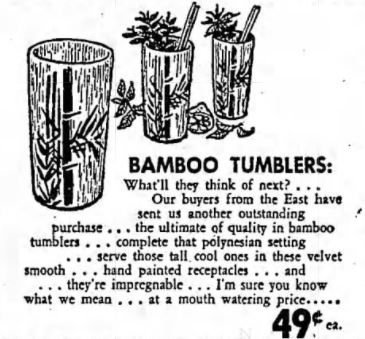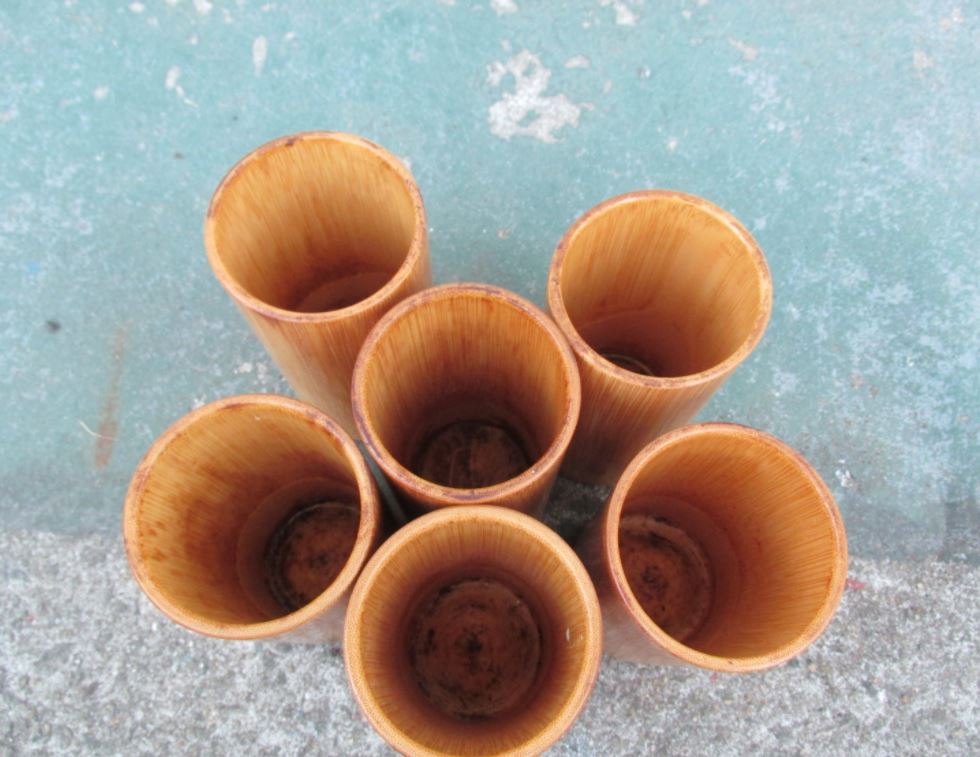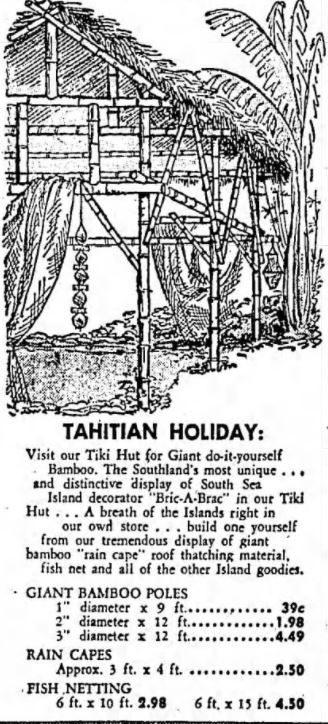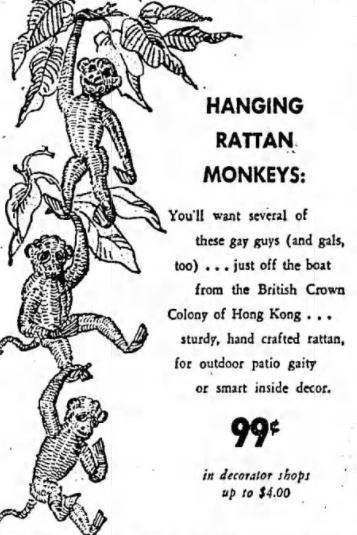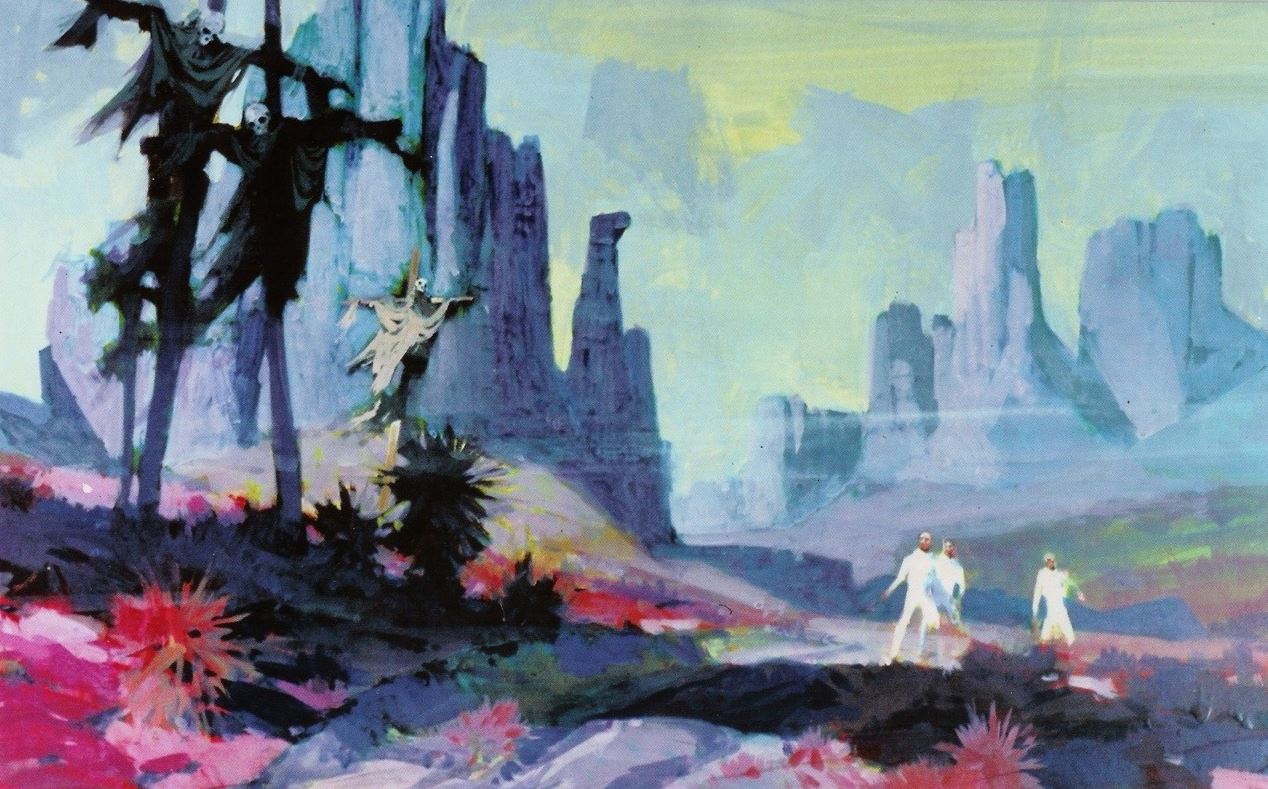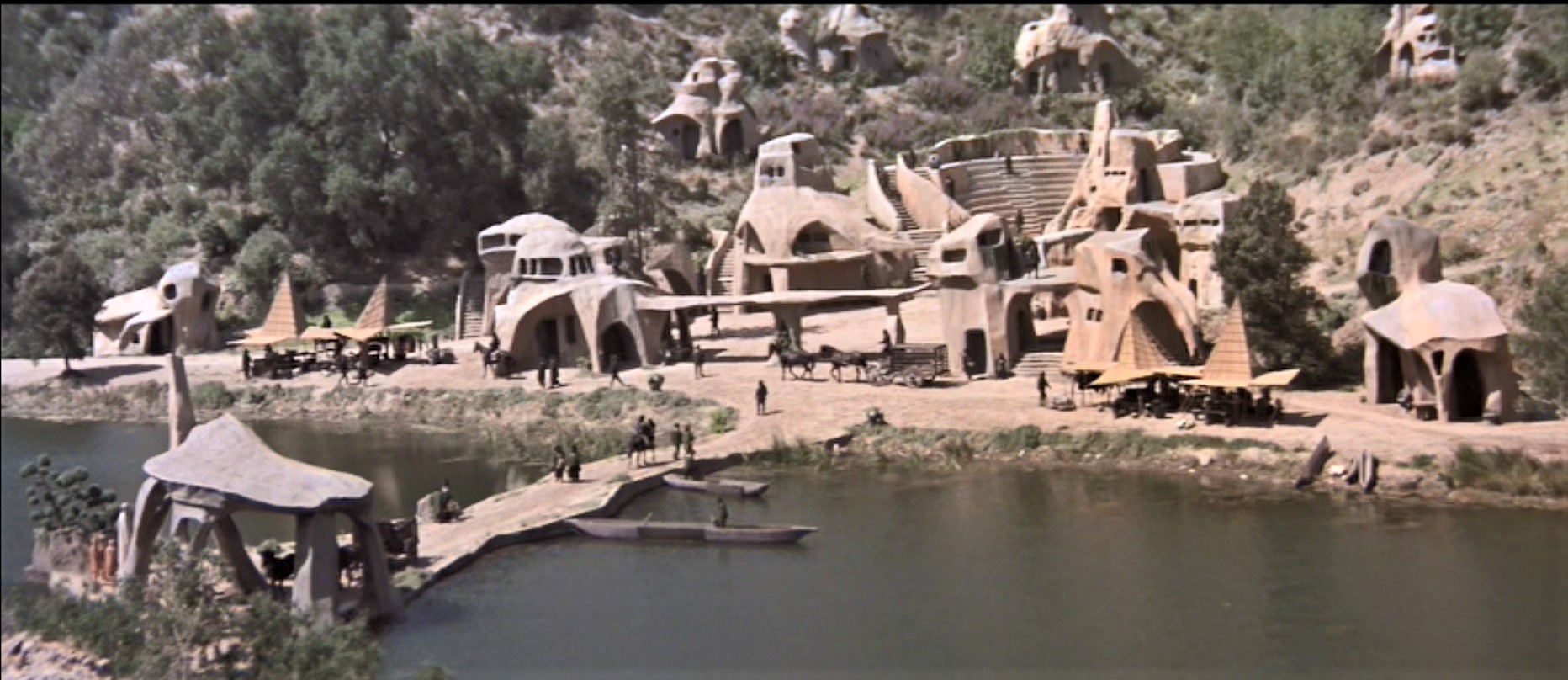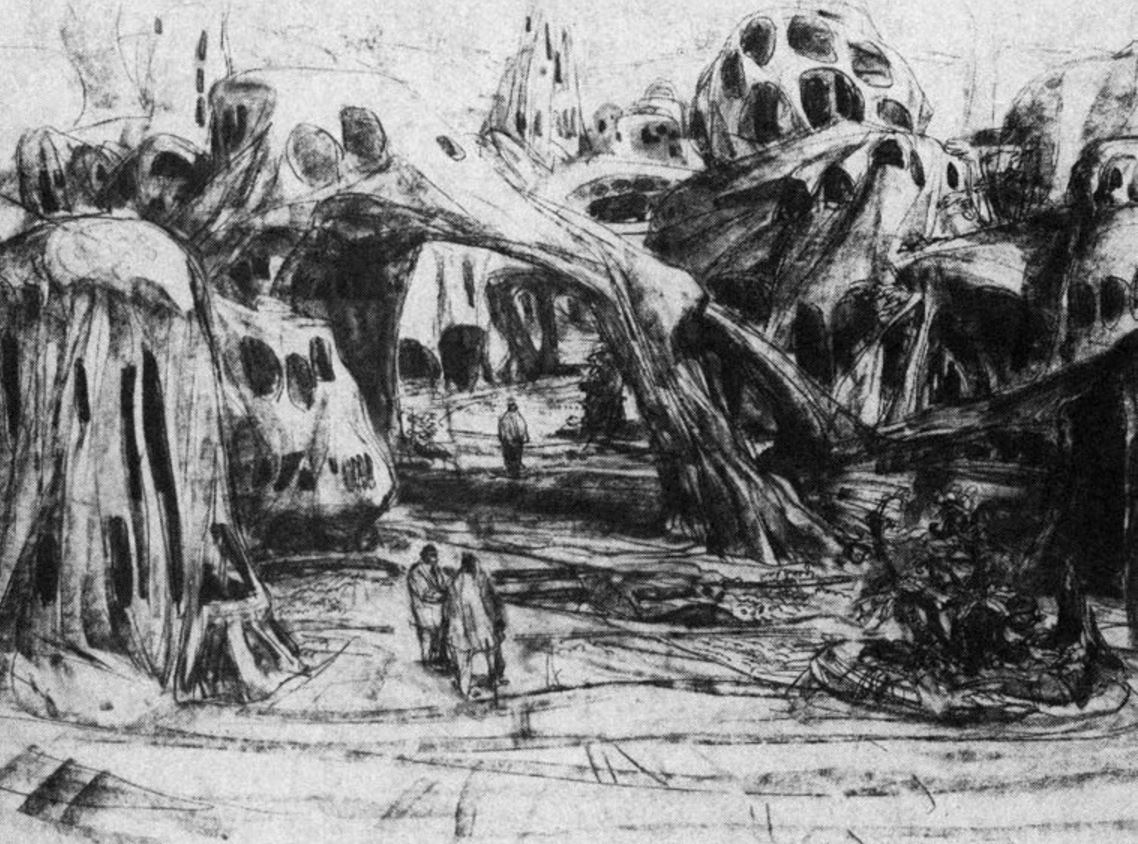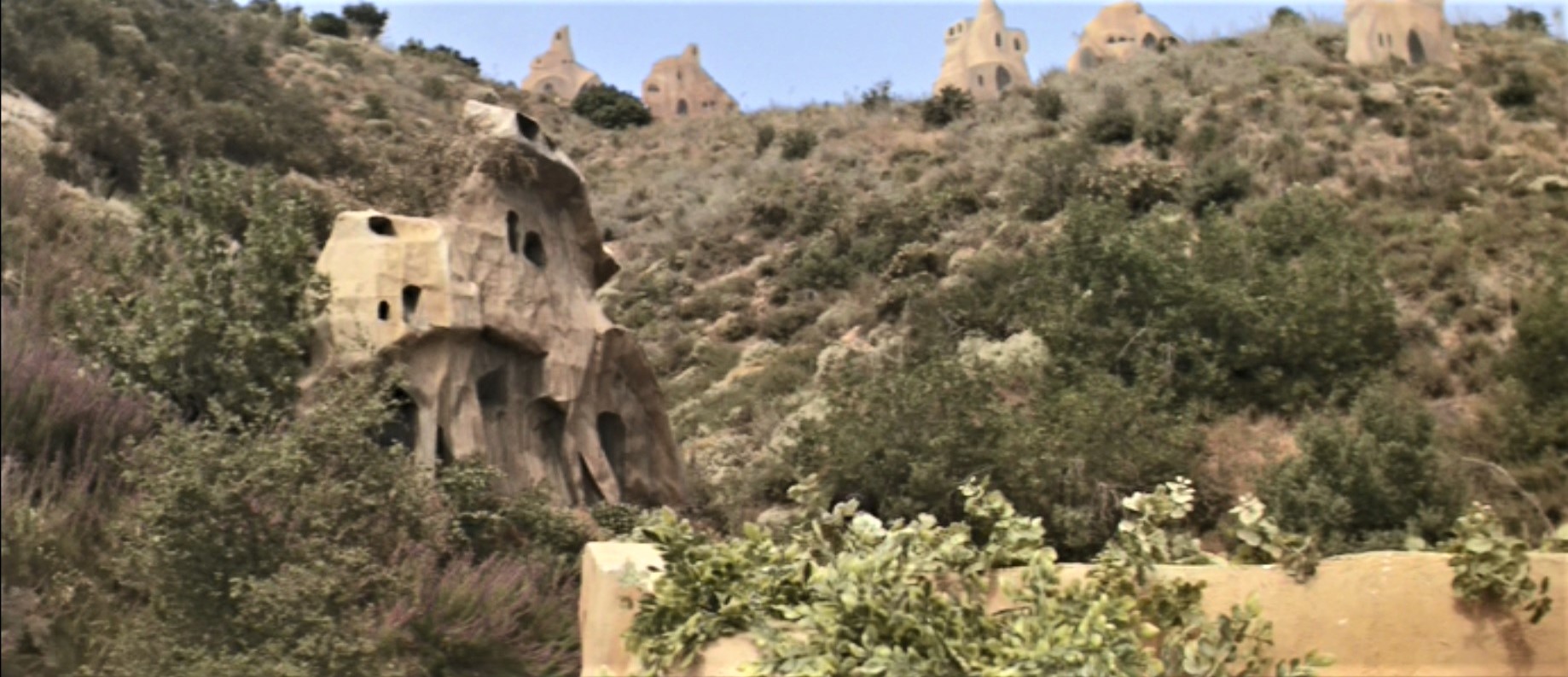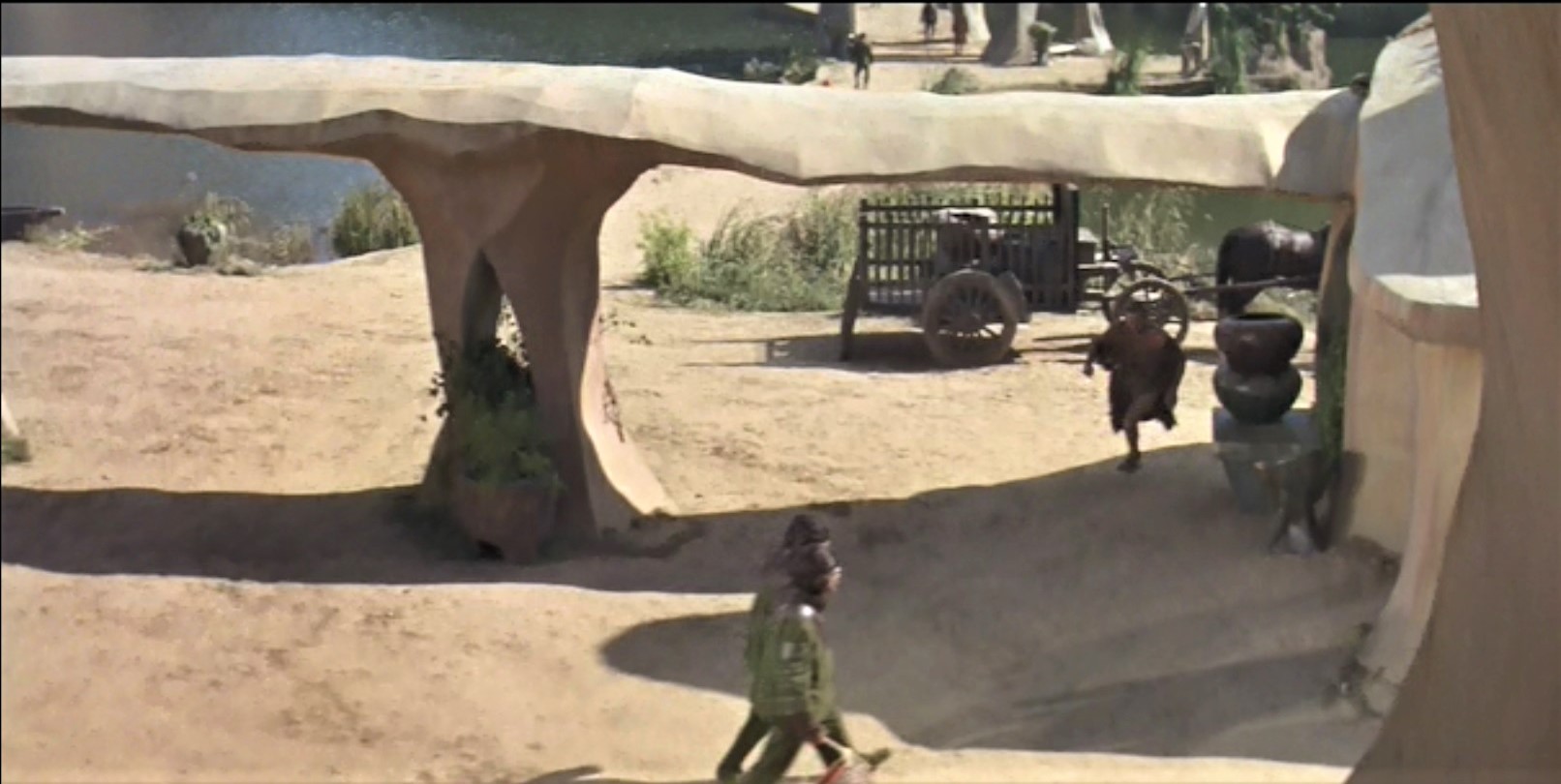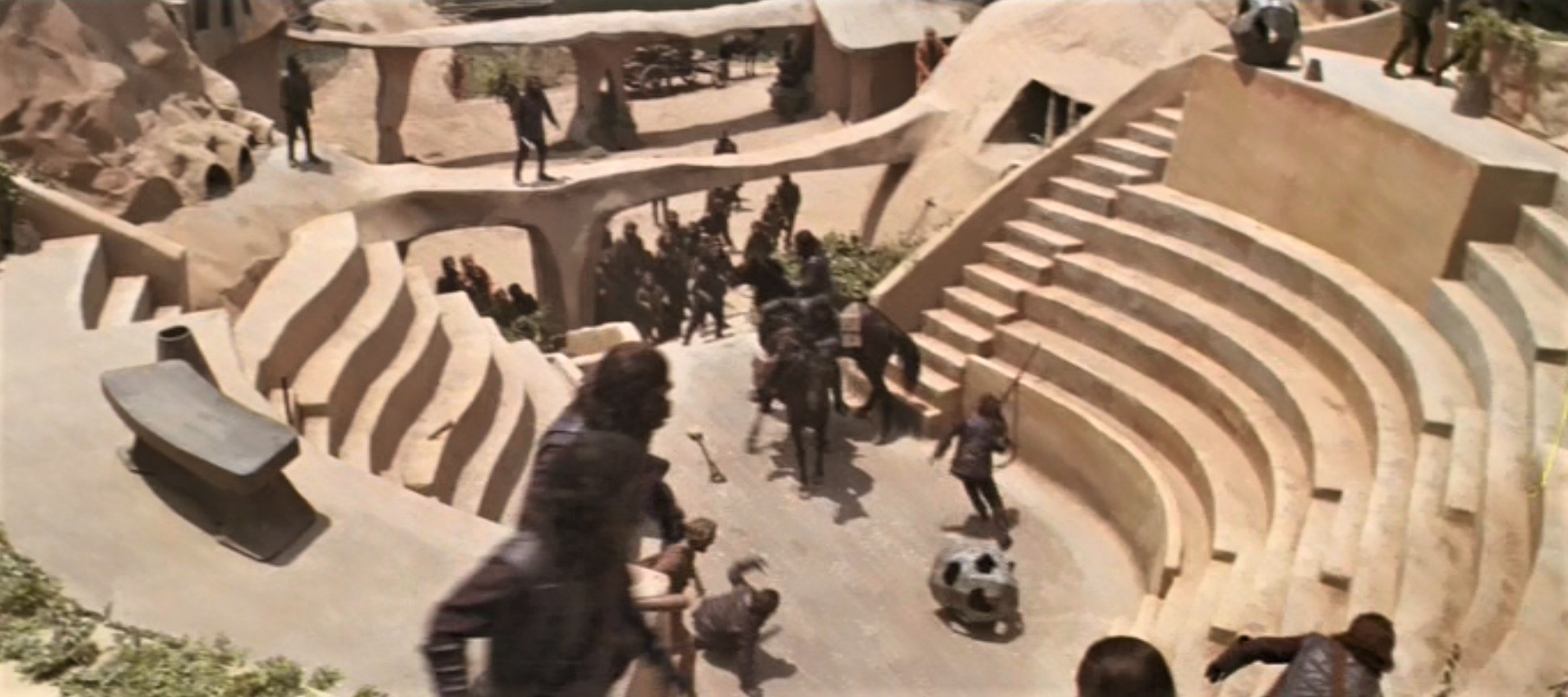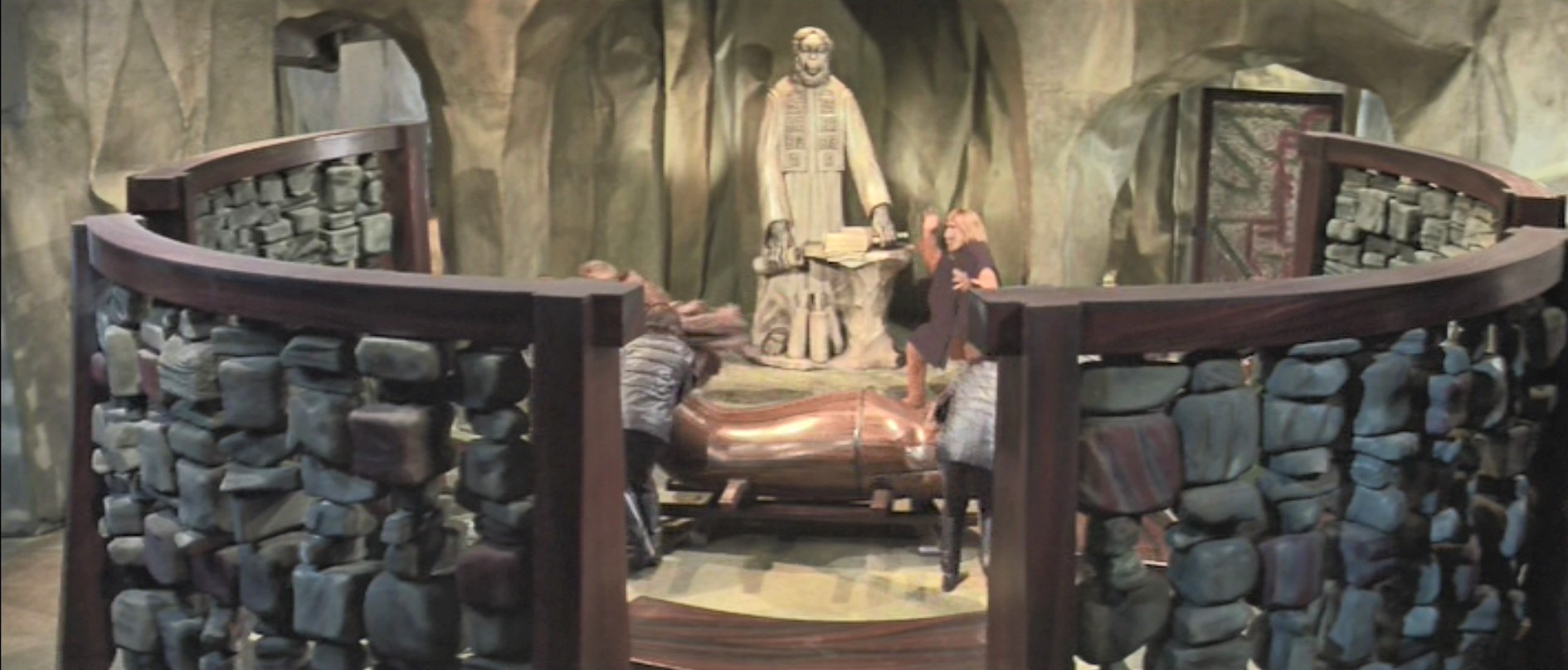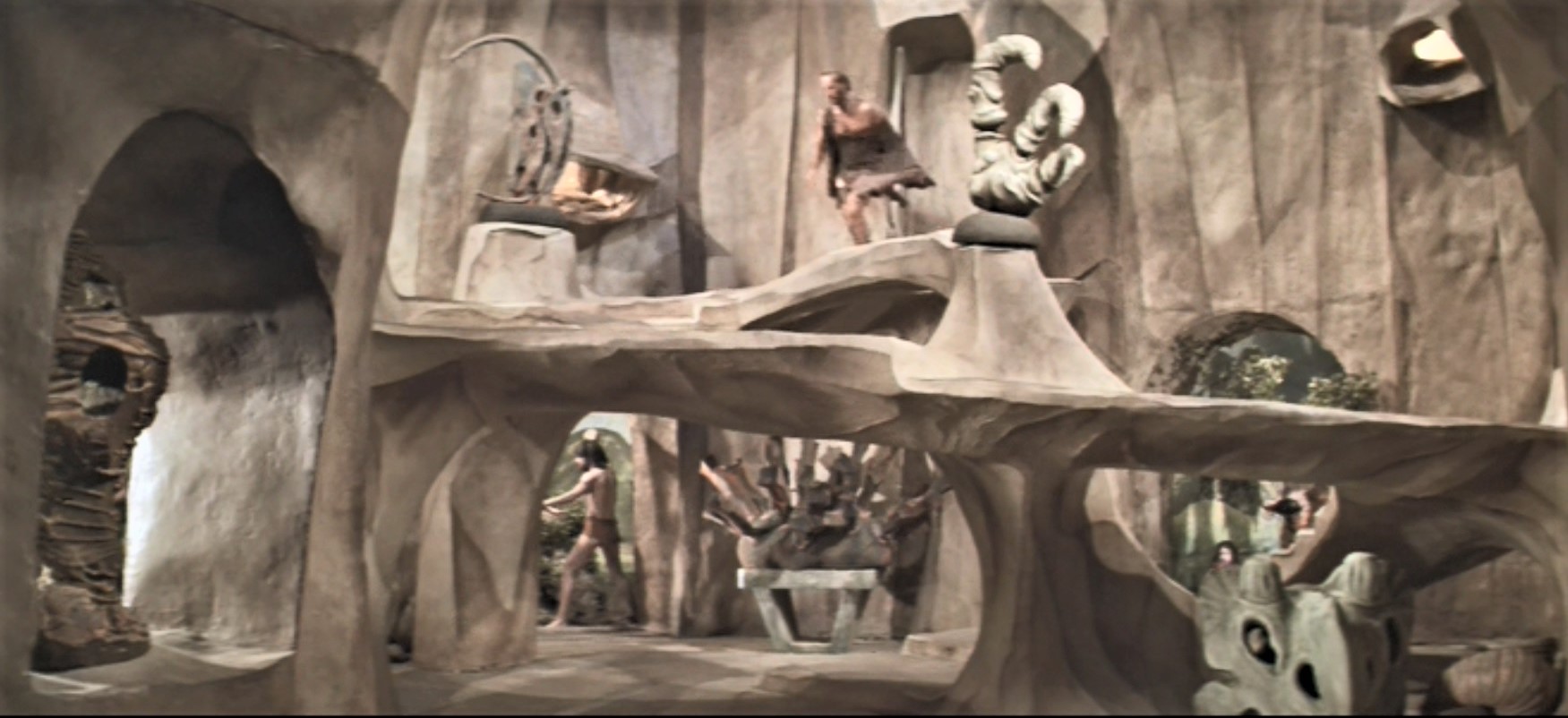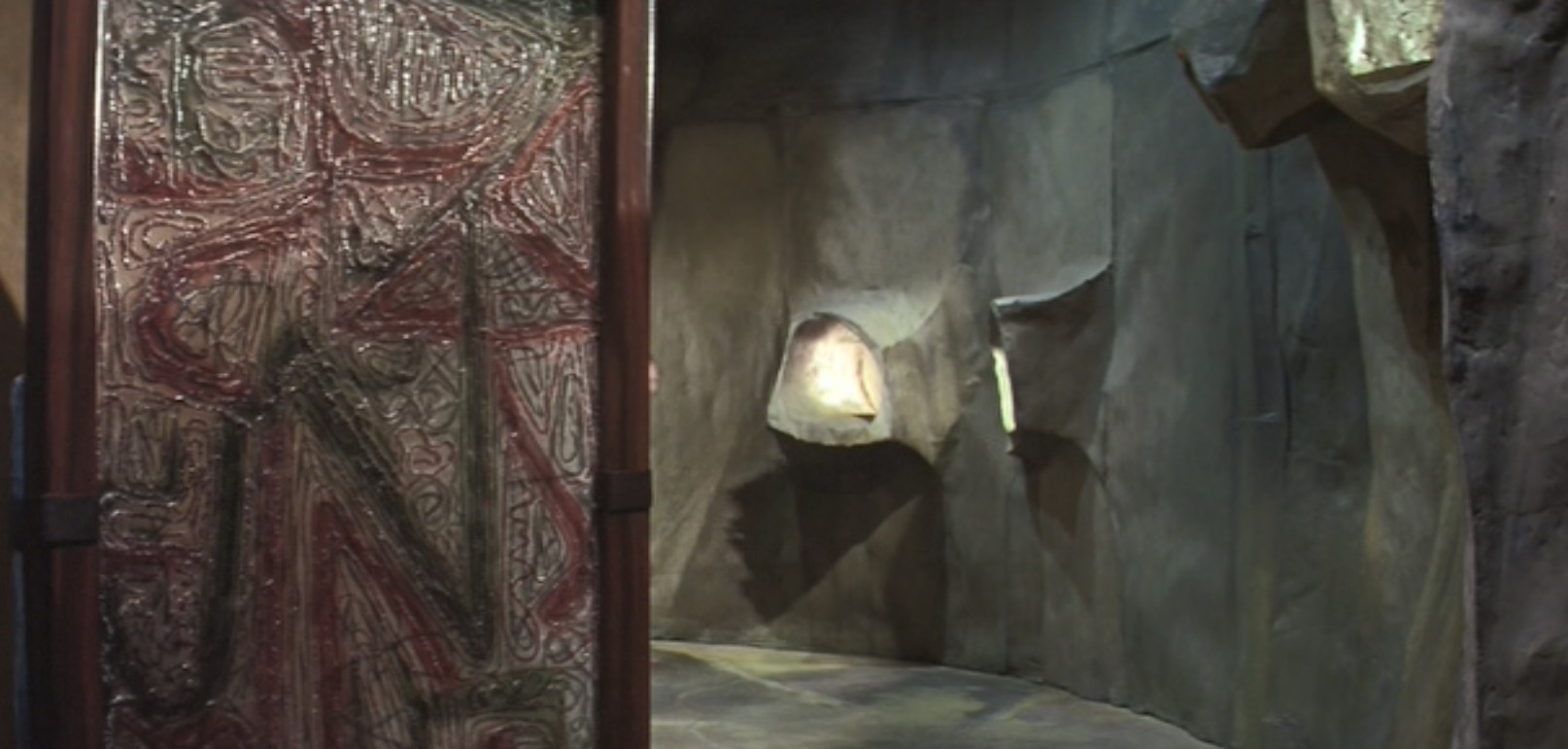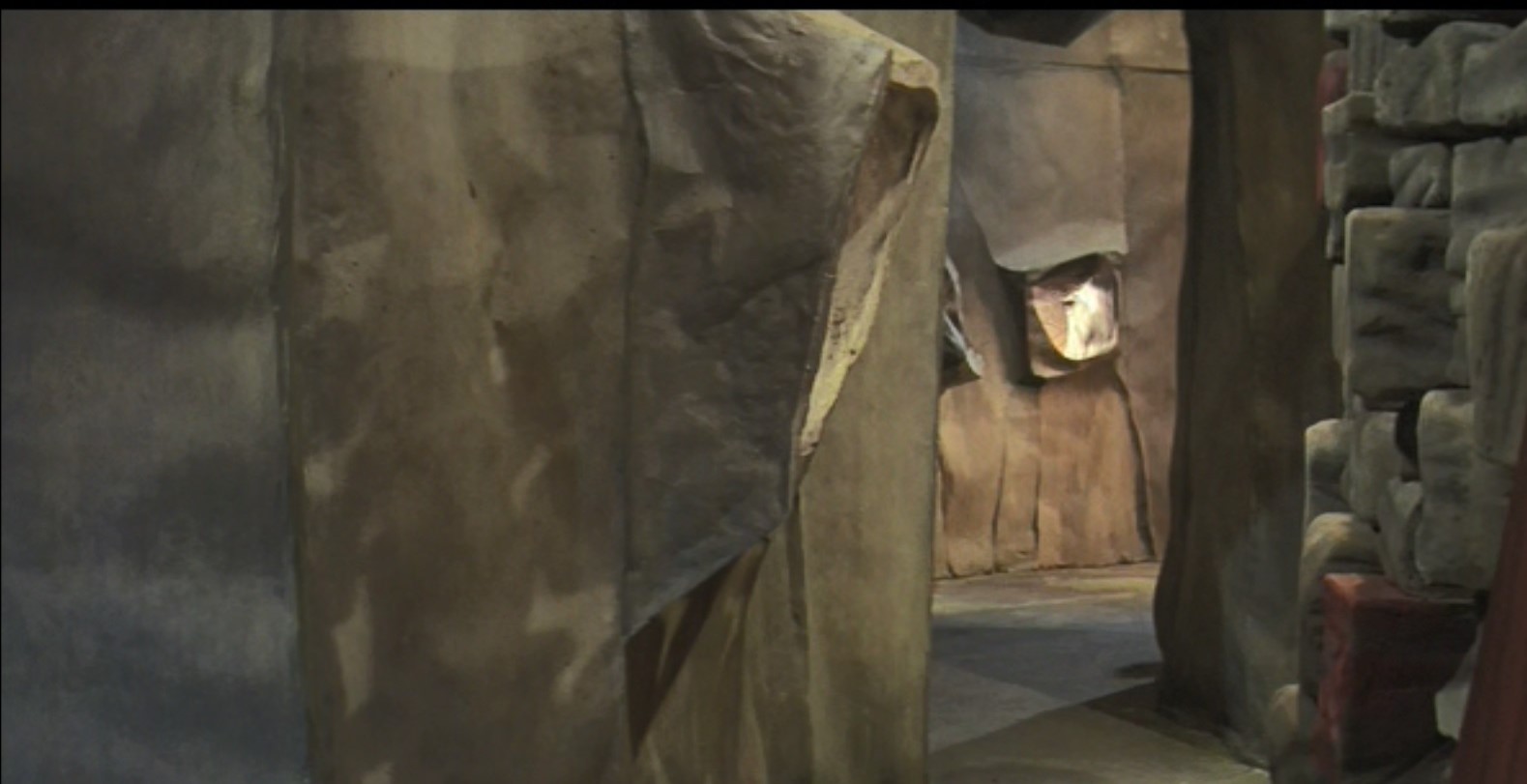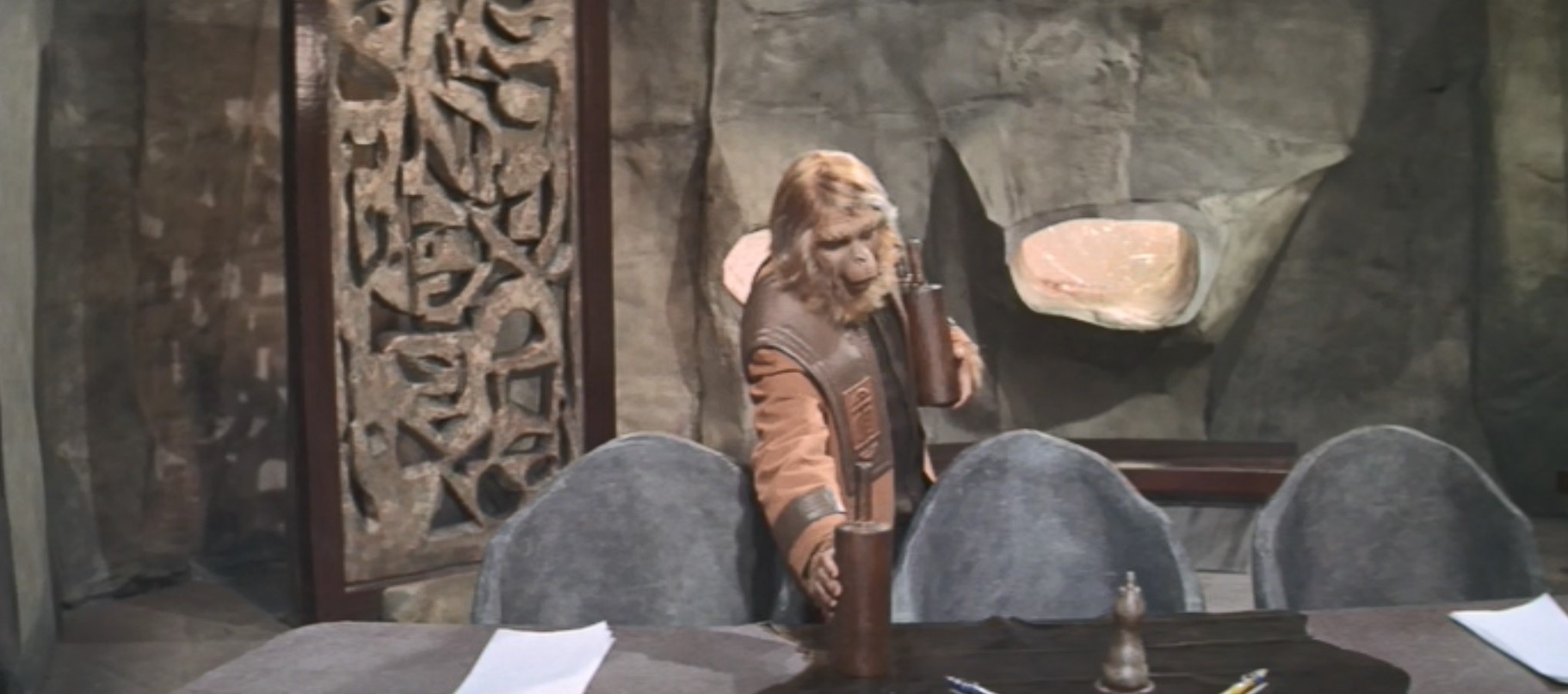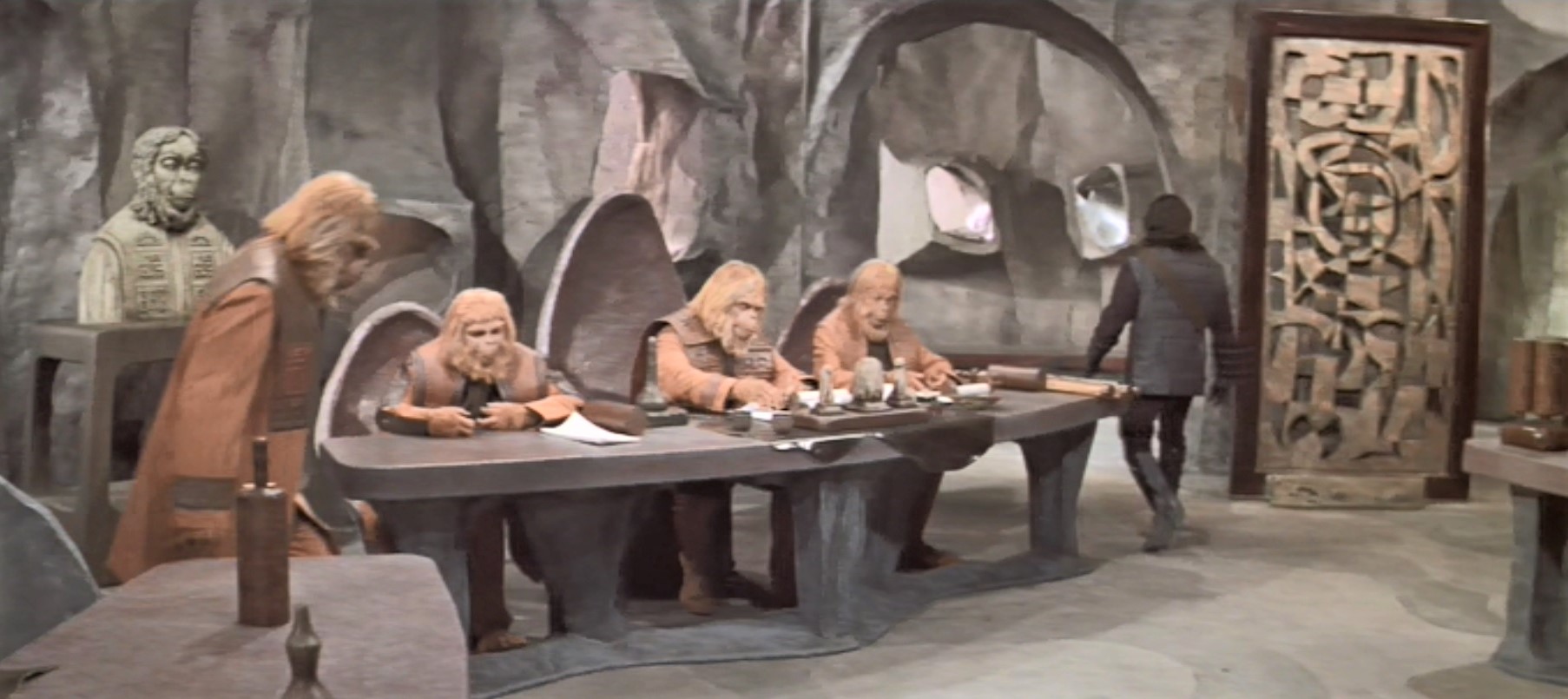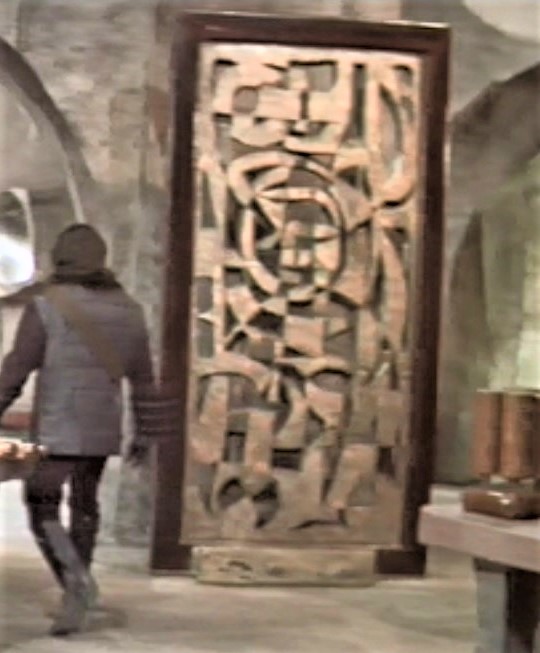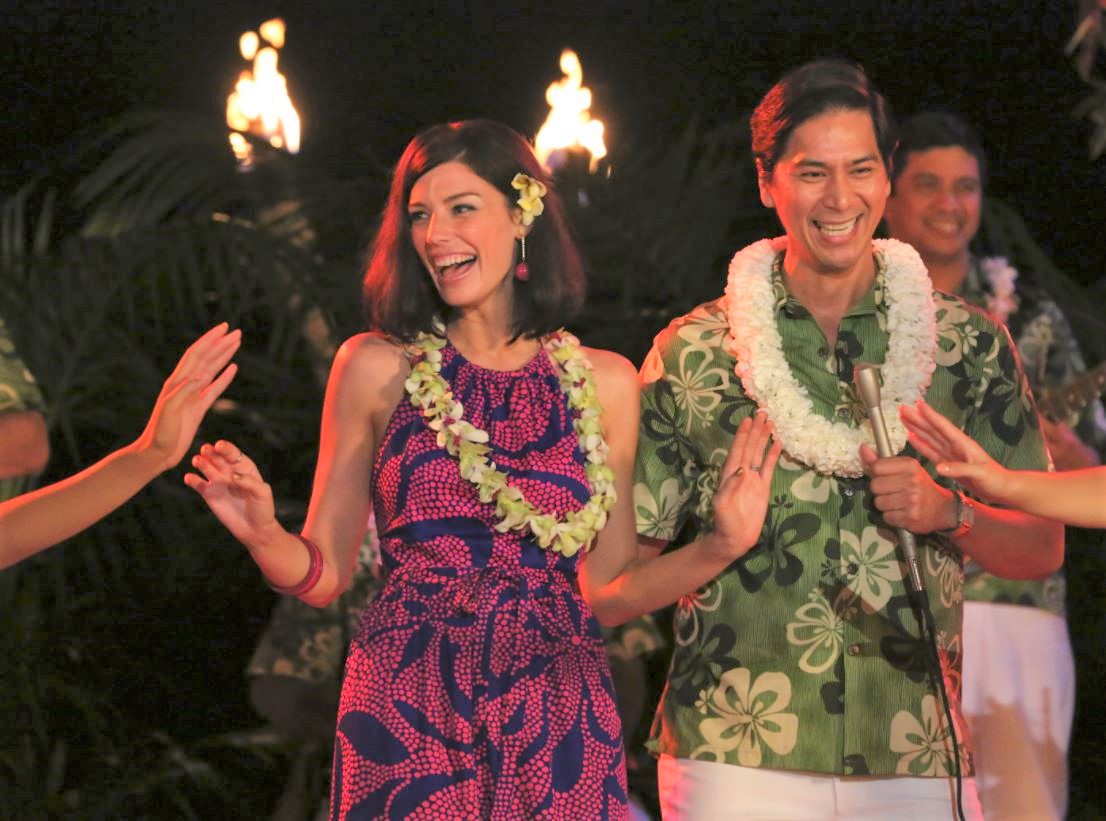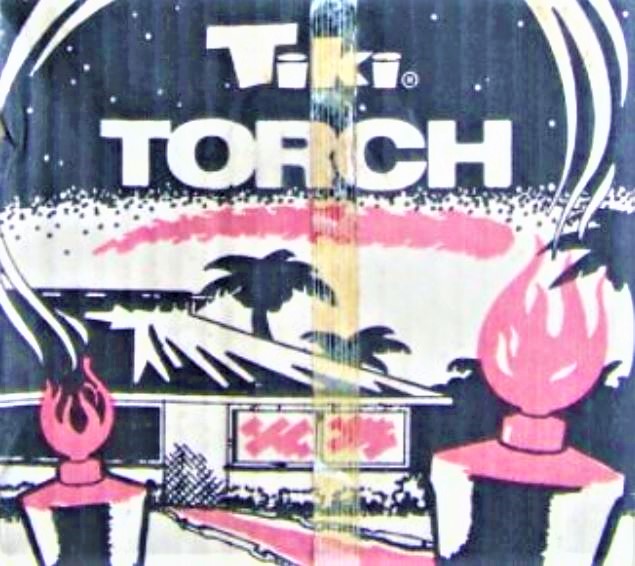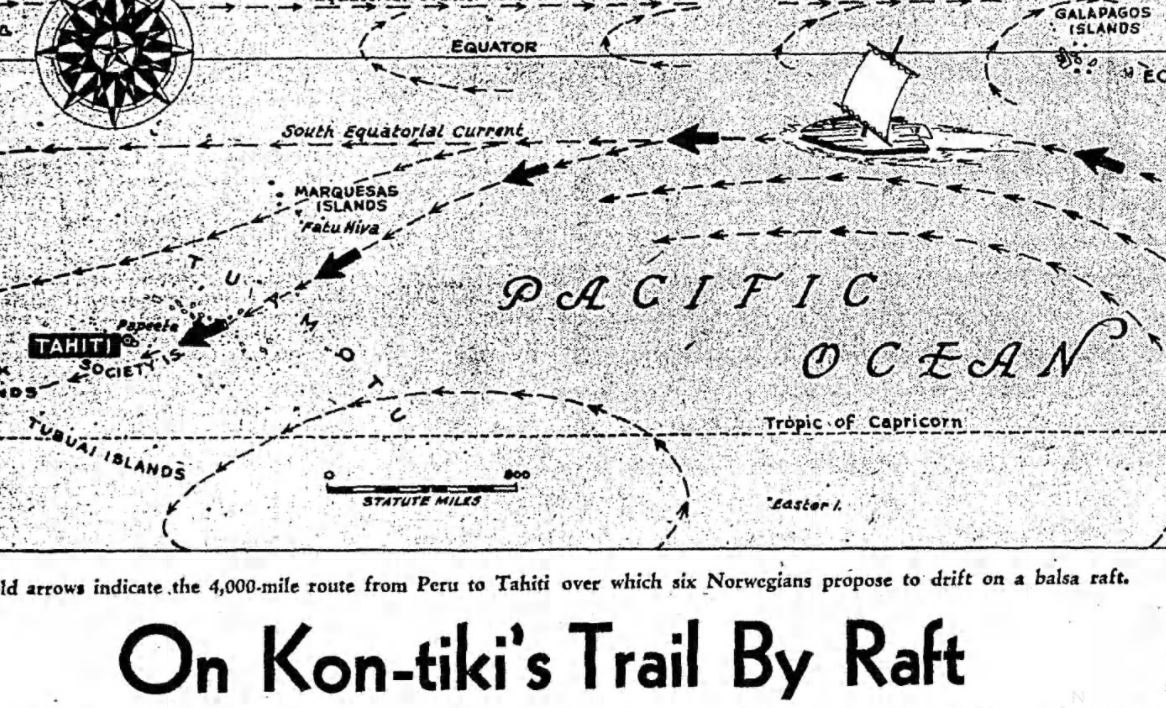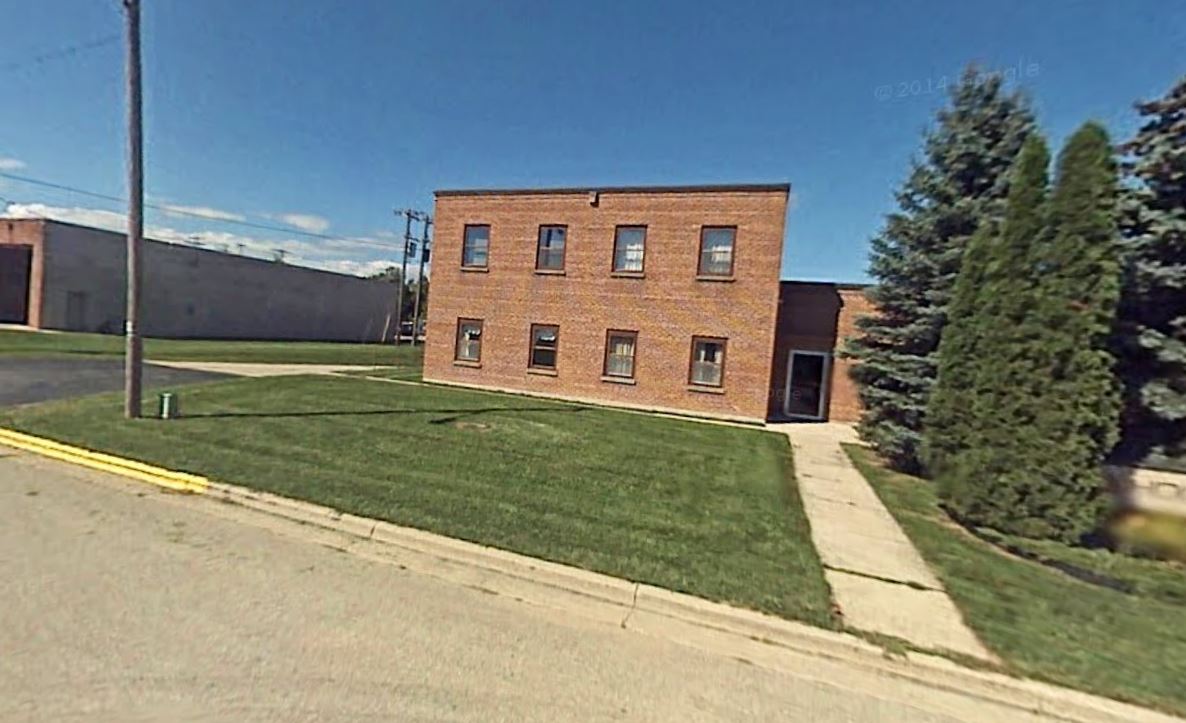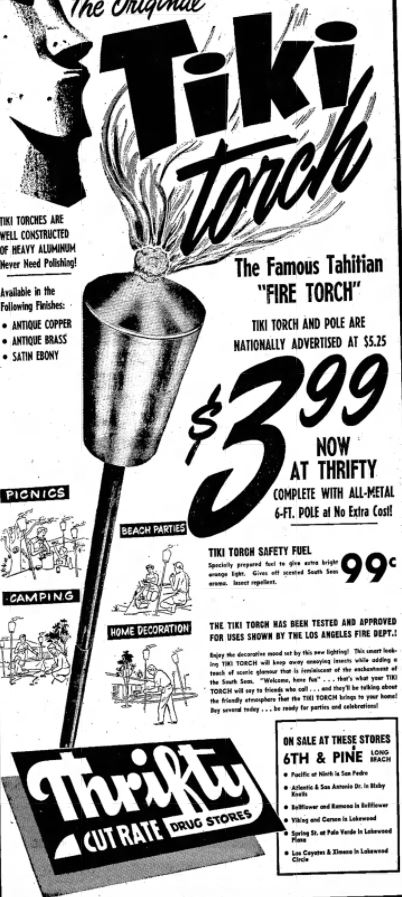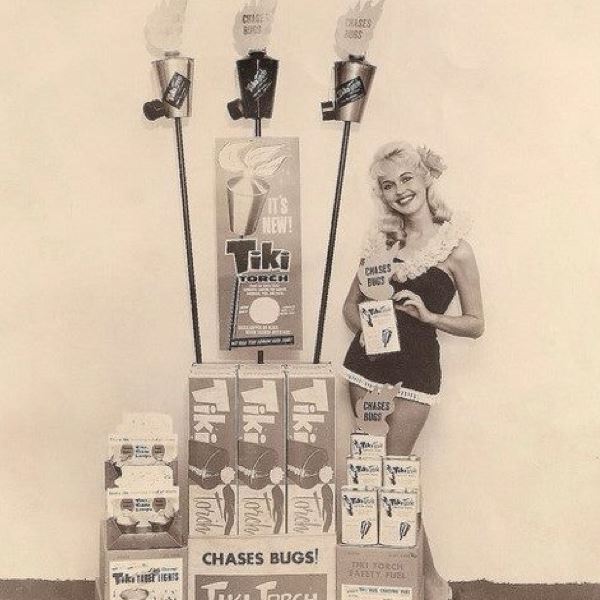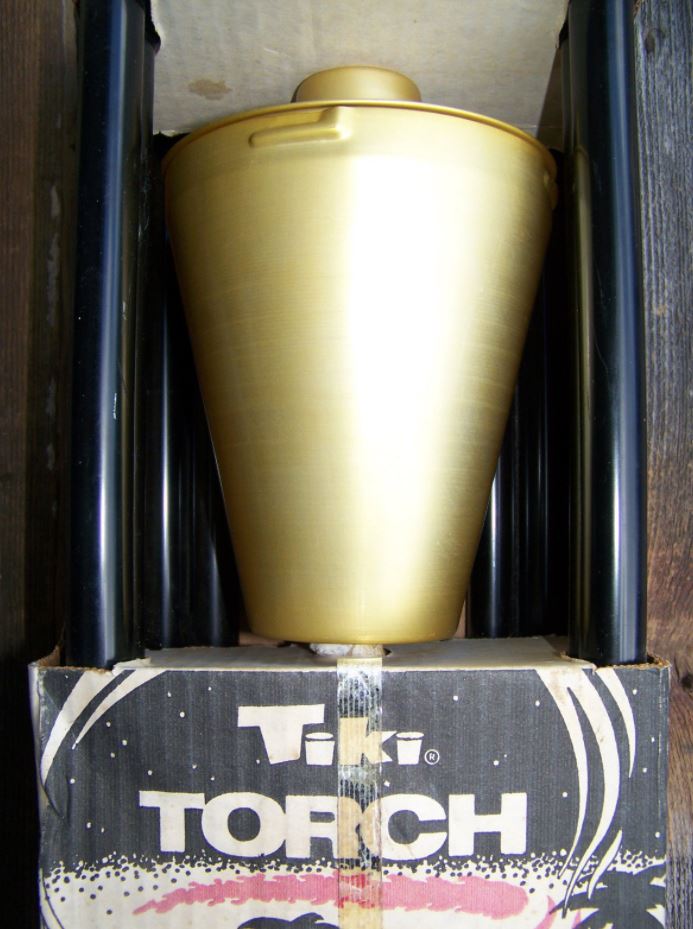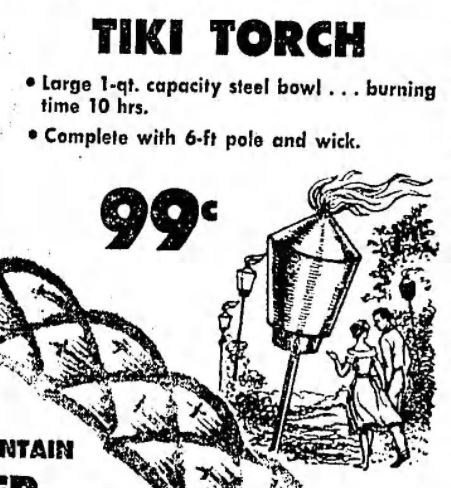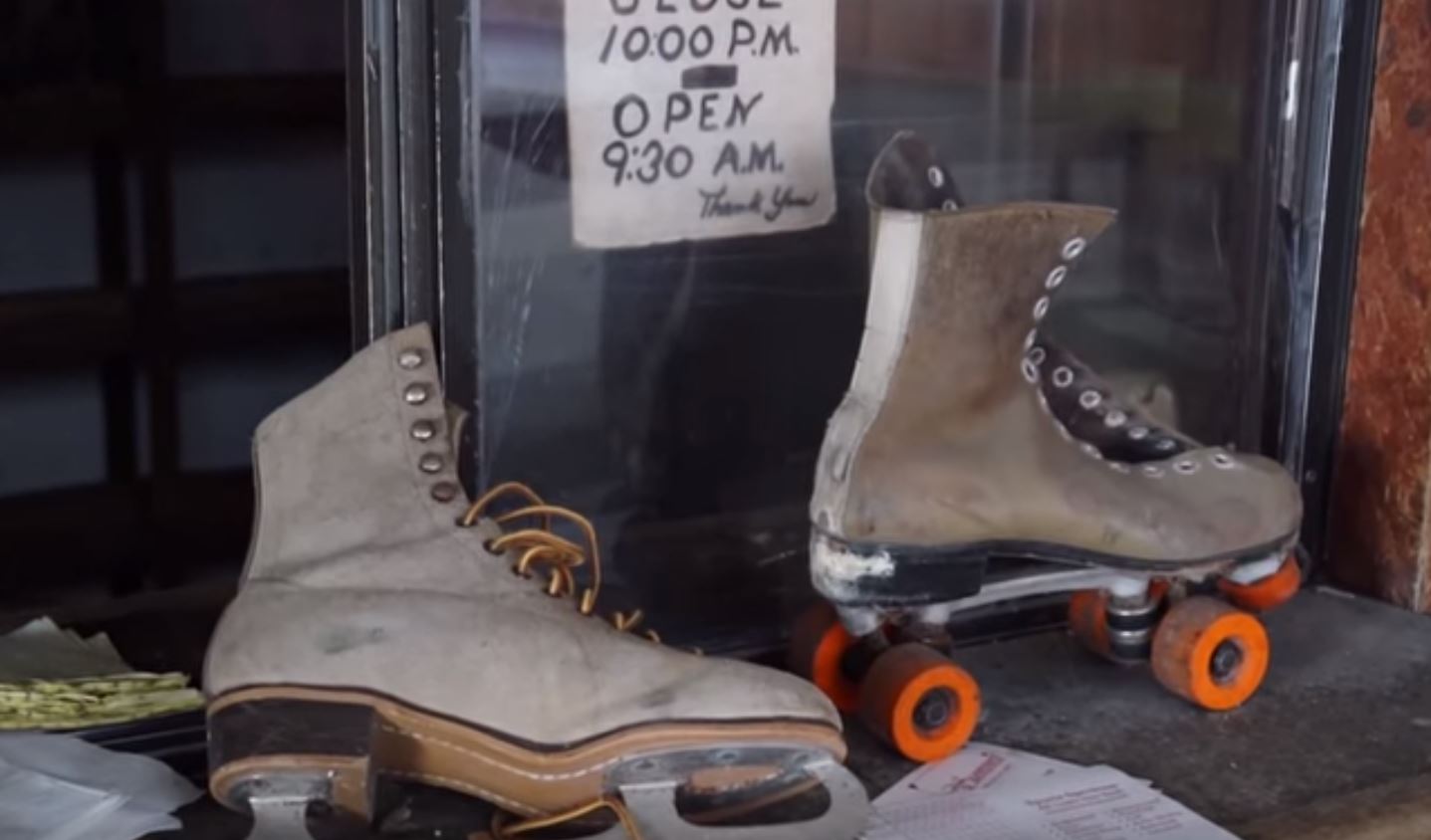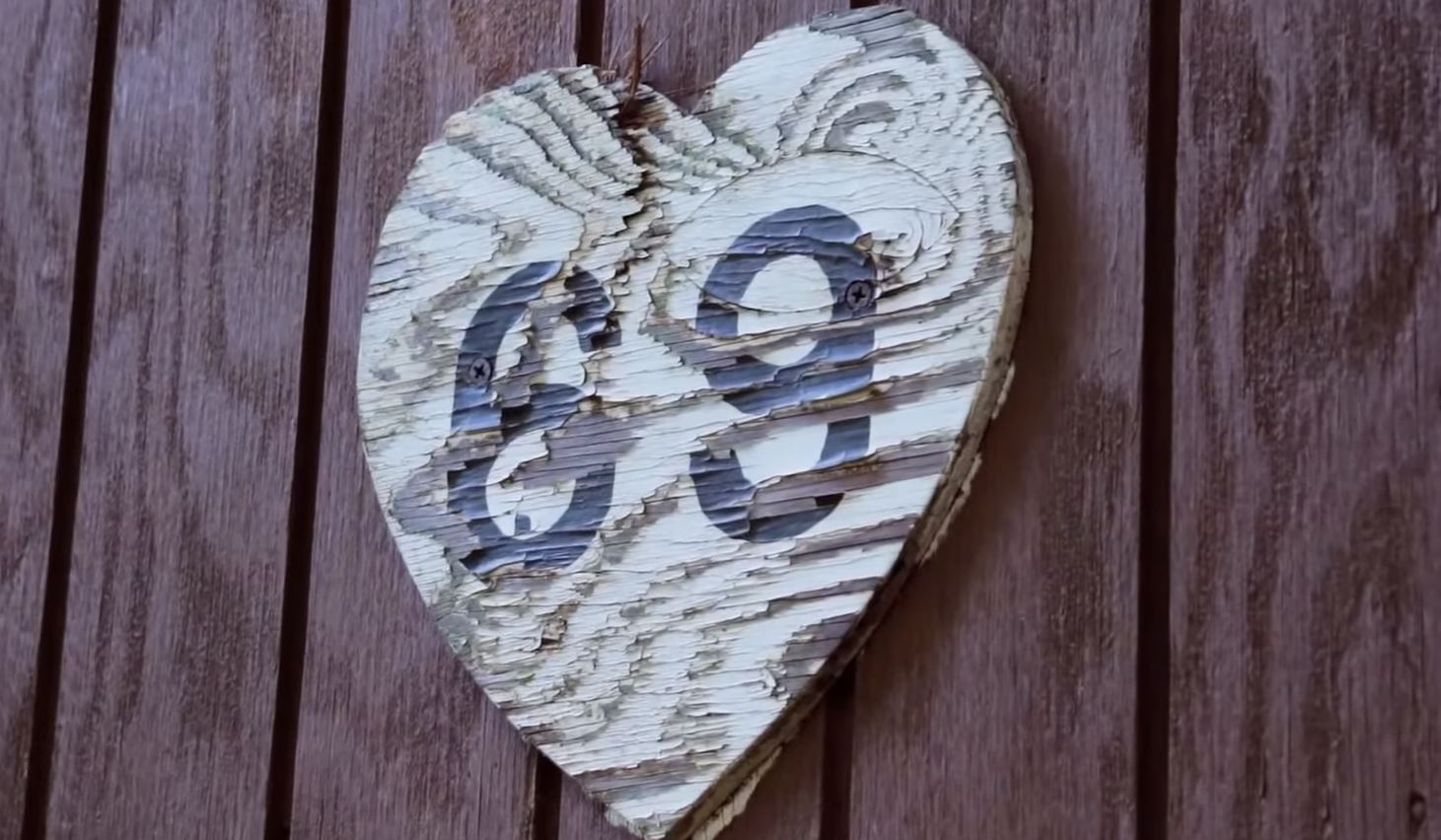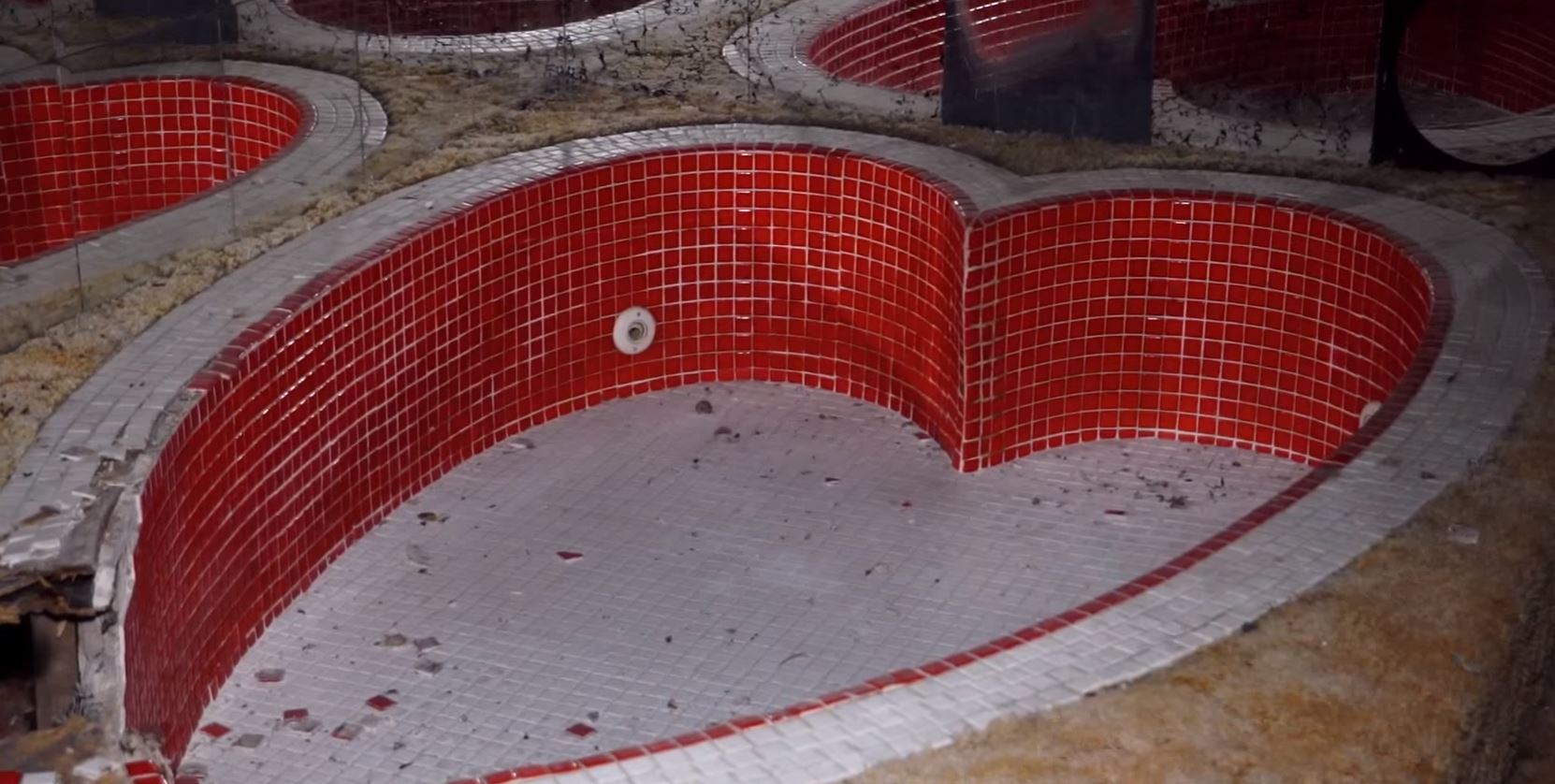Fake cities exist for many reasons: training, propaganda, subterfuge, filming, tourism. Few are meant to be 100% realistic, but some are definitely more realistic than others. Here are our top most realistic fake cities, current and past. Fake cities designed to pull in tourists are left off this list (except for one notable exception in Wales).
Hogan’s Alley: FBI’s Fake Training City
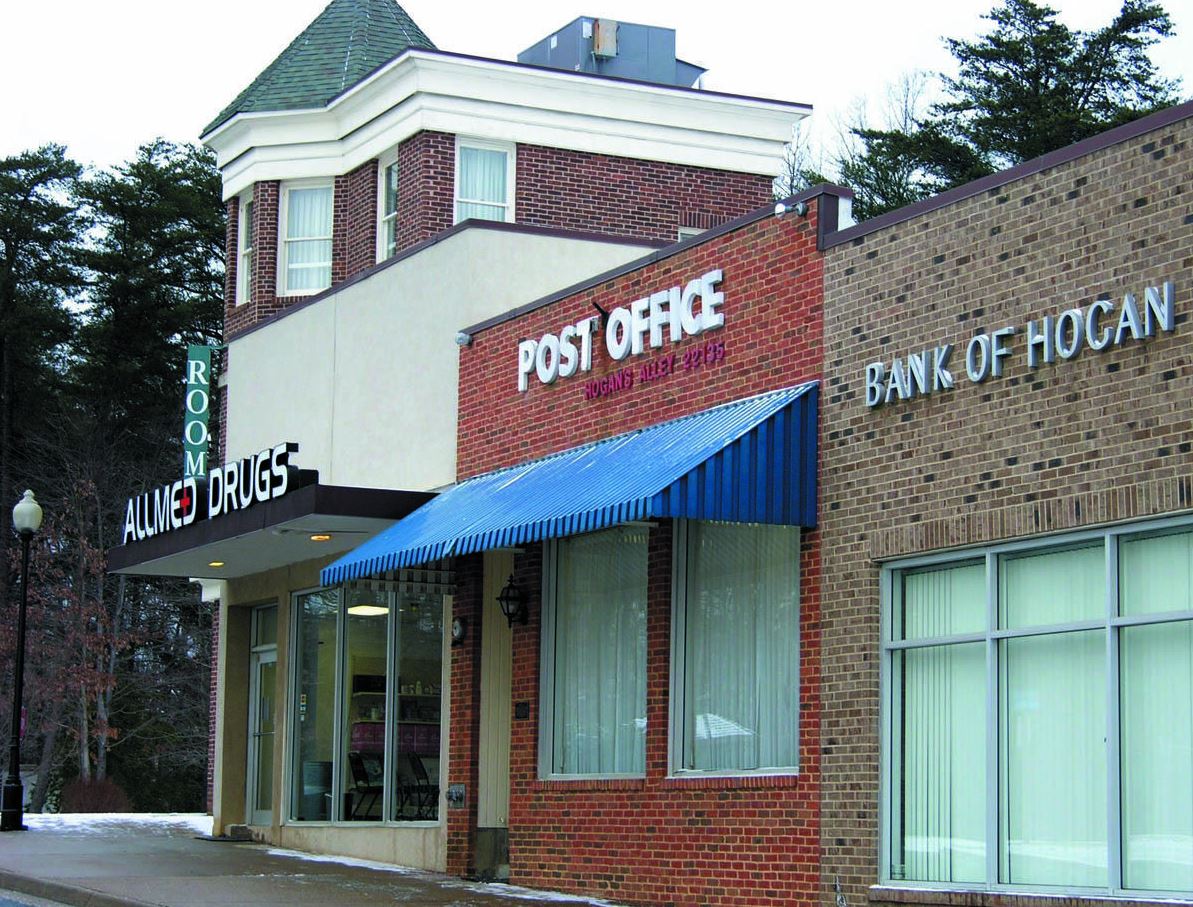
It’s Faking: Any generic small town in the U.S.
It’s Really: A tactical training facility located at the FBI Academy, Quantico, VA
How Realistic? Very realistic, though a bit outdated now, with movie theaters and phone booths a rarity on the American landscape now.
Details: Tactical training fake cities tend to be light on realism and details. Trainees just need the basic physical elements blocked out for them–streets, storefronts, doors, halls, and alleys. Realistic signage and other real-world details tend to go by the wayside. Surprisingly, the FBI’s Hogan’s Alley training facility is heavy on detail, with small-town features like a coin-op laundry, bank (Bank of Hogan), hotel (Dogwood Inn), movie theater (Biograph Theater, where John Dillinger was taken down by the FBI in 1934), and row houses.
More: Hogan’s Alley Turns 30 (FBI Official Site)
Kijong-dong: North Korea’s Peace Village
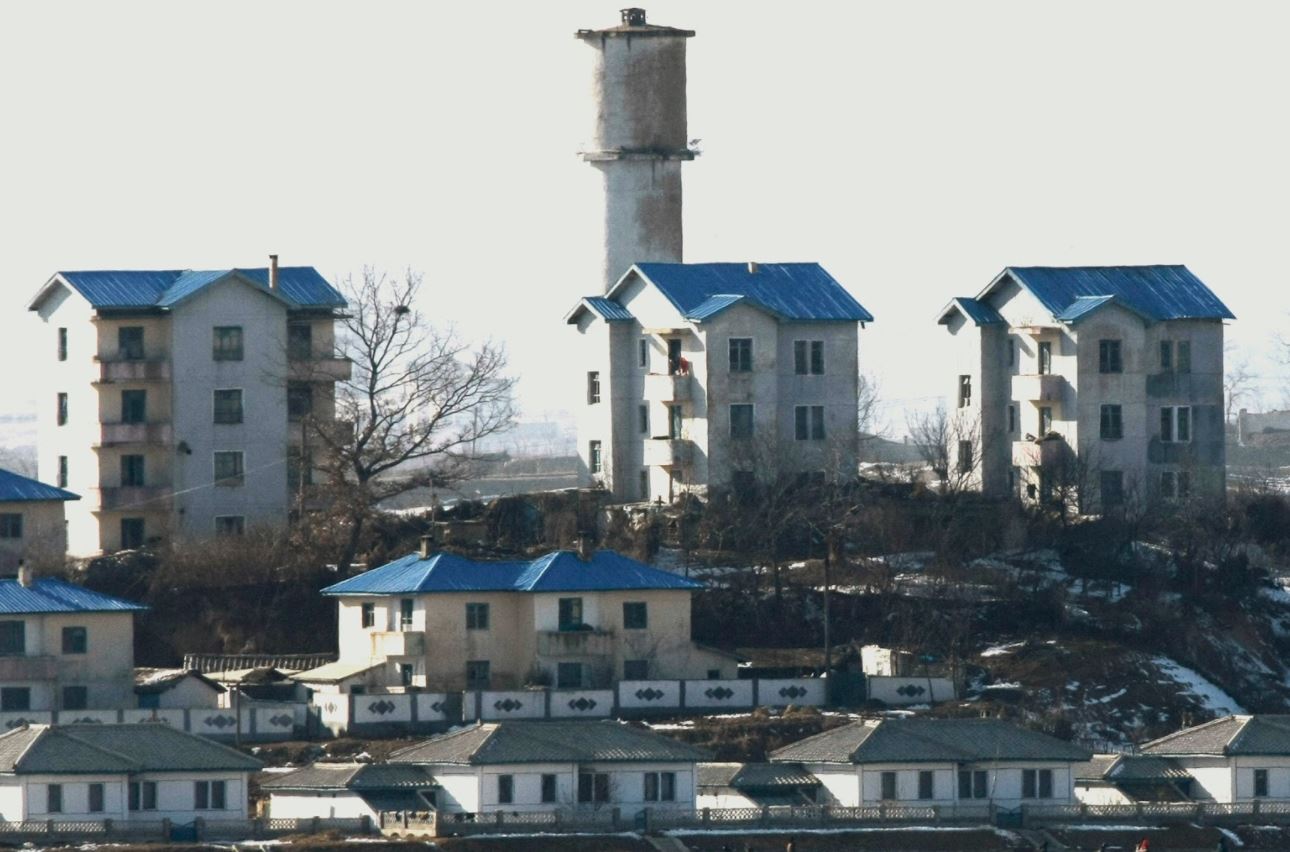
It’s Faking: A quiet, peaceful, orderly North Korean village.
It’s Really: An unoccupied set of buildings located in North Korea, within the DMZ, apparently meant to spread propaganda and to create an illusion of North Korean prosperity.
How Realistic? Very realistic in the sense that these are real buildings that could be occupied. Unrealistic in the sense that they are occupied by only 200 people (if that).
Details: Controlled by North Korea, Kijong-dong is marooned within the DMZ between South and North Korea. In a U.S. Army publication, Susan Silpasornprasit says
The village maintained by the North (“Propaganda Village”) appears to be merely a facade–mirage of prosperity. No residents have been spotted in its streets. People periodically turn the lights on and off in the buildings and sweep the sidewalks to keep up the ruse. Although, the village keepers apparently forgot to install glass in the windows.
Operation Camouflage: Lockheed’s Fake City on Top of Its Burbank Plant
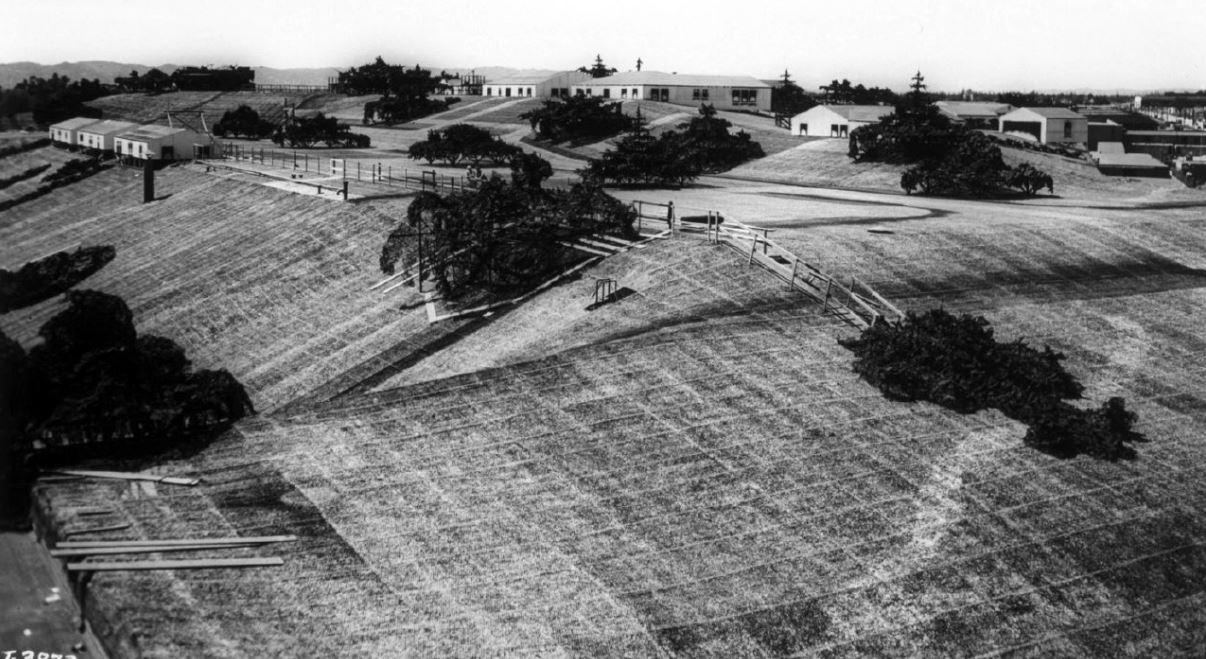
It’s Faking: “An ordinary California suburb,” according to Lockheed’s official statement. More accurately, tiny hamlets spread out across an American rural landscape.
It’s Really: Lockheed’s Burbank, CA airplane manufacturing plant.
How Realistic? Realistic enough from a 5,000 ft. altitude to pass. From the ground, not realistic at all.
Details: In a departure from the usual city-built-on-ground type of thing, which is the way most cities–real or fake–are built, is one of the more extraordinary World War II camouflage efforts. After the Japanese bombed Pearl Harbor in 1941 and Lockheed went into full production, they also needed to hide their extensive Los Angeles area facilities from enemy attack. Col. John F. Ohmer, stationed at March Field, near Moreno Valley, CA, was asked to oversee camouflaging of the entire Burbank plant. Giant expanses of camouflage netting was nothing new, but acres of it certainly was. To add to the realism, fences, fake trees, barns, meandering country roads, and even clotheslines were added to the top of the netting.
More: Lockheed During WWII: Operation Camouflage (Lockheed Official Site)
Hogewyck
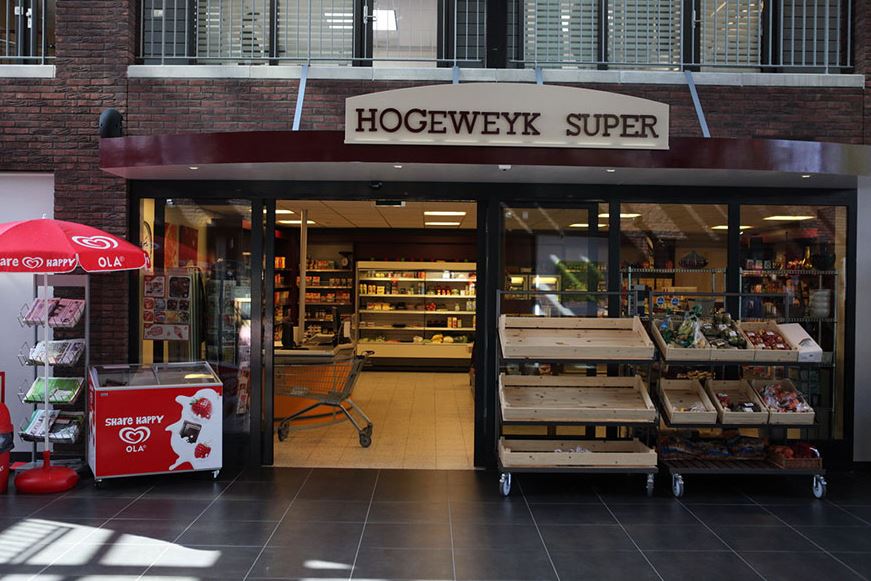
It’s Faking: A village in Netherlands.
It’s Really: A “dementia village” in Weesp, Netherlands.
How Realistic? Very realistic, since it is a functioning “town” for Alzheimer’s patients.
Details: In Dutch, A weyk or wijk being a group of houses, similar to a village. Hogewyck has, according to its site, “streets, squares, gardens and a park where the residents can safely roam free. Just like any other village Hogeweyk offers a selection of facilities, like a restaurant, a bar and a theatre.”
More: Hogewyck (Official Site)
James J. Rowley Training Center: Urban Fakery for U.S. Secret Service
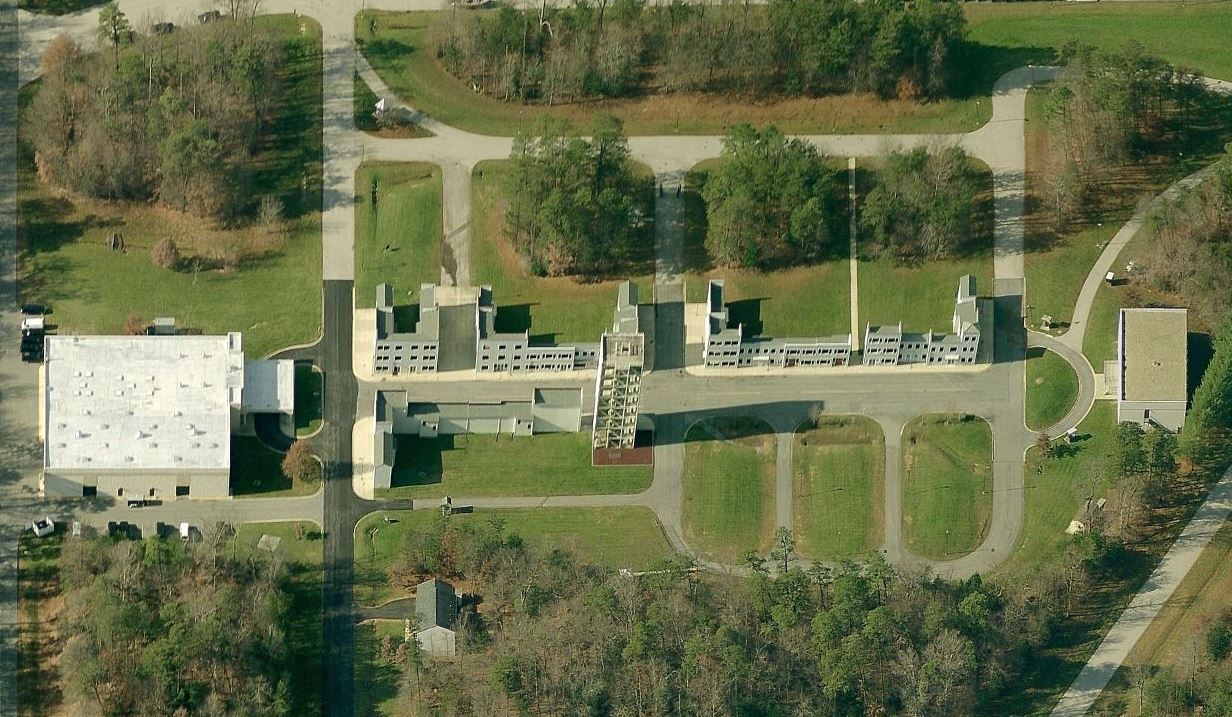
It’s Faking: An urban street with three story buildings and a replica White House
It’s Really: A training facility for Secret Service in the Beltsville/Laurel area of Southern Maryland.
How Realistic? The White House replica portion is hardly realistic at all, plus it only covers the southern side of the White House. The urban street is not highly detailed.
Details: This replica was built in 1982 at a cost of $381,000, roughly the same as it cost to build the original White House. Plans included a Blair House, too. But judging from the photographs, this was never built.
More: James. J. Rowley Training Center and White House and Secret Service Official Site
